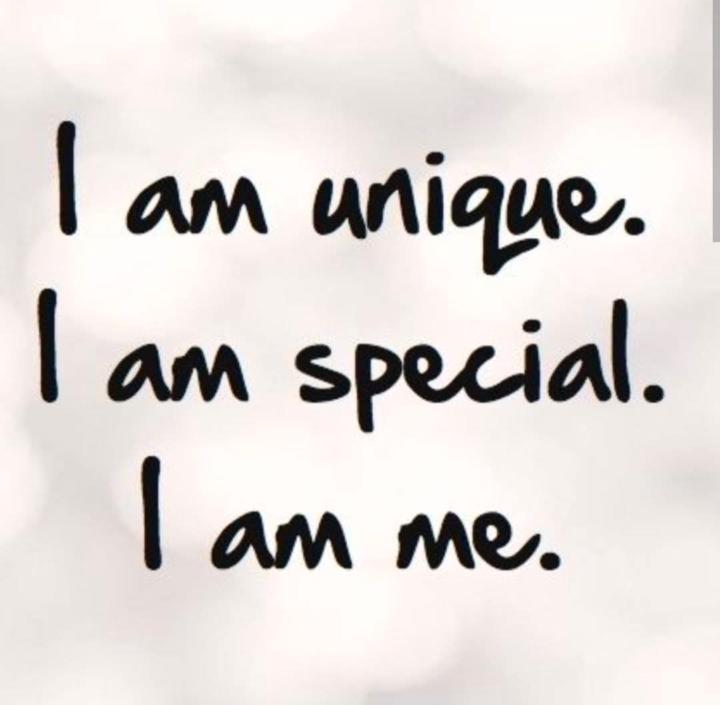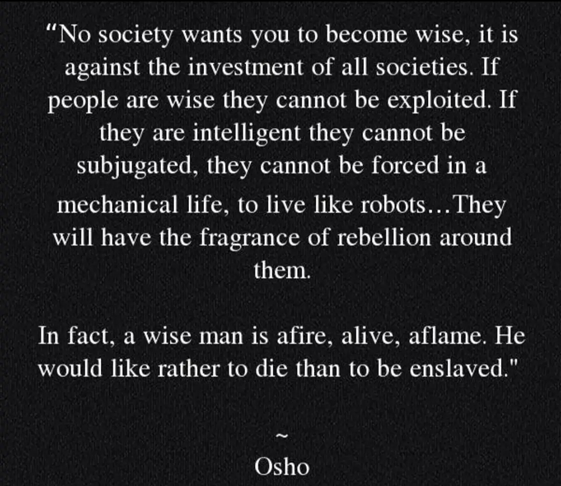
Write something
Good Morning Monday
As we begin a new week let's remind ourselves. So many think there is something wrong with them for thinking, feeling and being different. We all try to be 'normal'. There is no normal, there just is. Just be where you are, who you are.

🌱 The Future Is Built in the Quiet Moments of Today
There’s a gentle truth in the words: “The future depends on what you do today.” — Mahatma Gandhi At first glance, it feels simple. Almost obvious.But when we sit with it… We realise it carries extraordinary power. Every dream we hold, every emotion we want to heal, every step toward wellbeing we hope to take — none of it happens in the future. It all happens in the present moment, in the choices we make today. The image of the hot air balloon reminds us of this beautifully. A balloon doesn’t rise all at once. It lifts inch by inch, through consistent warmth and intention. Your emotional wellbeing is much the same. It's not about giant leaps, it’s about gentle rises. Maybe today that rise looks like: ✨ Choosing a kinder thought about yourself ✨ Reaching out instead of withdrawing ✨ Allowing yourself to rest ✨ Saying “no” without guilt ✨ Doing one thing that nourishes your spirit ✨ Or simply deciding you deserve peace These choices may seem small, but they accumulate. They elevate you. They change the direction of your day — and therefore, the direction of your life. The future you desire isn’t out of reach. It's already forming, shaped quietly by your willingness to show up for yourself today. So take one small, compassionate action. Not because you’re behind. Not because you need to “fix” anything . But because you’re worthy of a future that feels lighter — and the journey to that future starts with a single, loving step in the now. Your future self is already thanking you. 🌟
0
0

Breathe It's Friday
You made it to Friday. It is only by your sheer determination that you are where you are. Give yourself a pat on the back or anything else you like to do.
0
0

🌟 Focus on What You Want — Because What You Focus On Expands 🌟
One of the most powerful truths in emotional wellbeing is this: ✨ Your attention is creative. Where you place it determines the direction of your life — whether you mean for it to or not. When we feel stuck, overwhelmed, or drained, it’s almost always because our focus has drifted toward what we don’t want: ❌ the problem ❌ the fear ❌ the lack ❌ the pain ❌ the “what if it gets worse?” But here’s the gentle reminder: 💛 When you focus on what you don’t want, you amplify it. 💛 When you focus on what you do want, you invite more of it. Your mind is like a magnet — it gathers the energy you direct it toward. So if you’ve been feeling stuck lately, it’s not because you’re doing something wrong. It's simply because your attention has been rehearsing the unwanted instead of rehearsing the desired. The shift begins the moment you turn your focus toward what feels good, what is working, what brings relief, and what you truly want to create. You don’t need to leap from despair to joy. You only need to reach for a thought that feels a bit better than the one before. 🌱 Relief is progress. 🌱 Appreciation is momentum. 🌱 Feeling good is alignment. And alignment is what unlocks clarity, ideas, solutions, and inner peace. So today, try this simple practice: ✨ Gently withdraw your attention from the unwanted. ✨ Turn your awareness toward even the smallest things that feel good. ✨ Notice what is working. Notice what is improving. Notice what brings ease. As you do, you’ll feel the heaviness begin to lift. You’ll feel possibility again. You’ll feel movement again. You’ll feel unstuck because you’re no longer feeding the very thing that keeps you stuck. Remember: You are always creating —not by effort, but by focus…not by force, but by feeling…not by struggle, but by choosing what you tune into. Focus on the wanted. Appreciate what you already have . Reach for thoughts that soothe and uplift you. Your emotional wellbeing is shaped one feeling at a time —and you deserve to feel good.
1
0

🔥 Emotional Freedom Begins With Inner Wisdom 🔥
Today’s reflection comes from Osho, and it carries a message that speaks directly to emotional wellbeing, personal power, and inner liberation. Osho reminds us that true wisdom is not passive — it is awakening. He says: ✨ “No society wants you to become wise… If people are wise, they cannot be exploited.” What does this mean for us on our emotional wellbeing journey? It means that when you become more aware of your emotions, your boundaries, your healing, and your worth, you become harder to manipulate — not just by people, but by expectations, pressures, conditioning, and old patterns. Wise people can’t be: ❌ emotionally controlled❌ pushed into unhealthy roles❌ trapped in cycles that harm them❌ forced to live on autopilot, disconnected, numb Instead, they carry what Osho calls “the fragrance of rebellion.”And this rebellion is not loud or aggressive.It is gentle, grounded, and sovereign. It is the quiet decision to say: 💛 I will not shrink anymore.💛 I will not abandon myself to please others.💛 I will not live a life that suffocates my soul.💛 I deserve wholeness, not survival mode.💛 I choose emotional freedom over emotional captivity. Wisdom makes you afire, alive, aflame — meaning you live with clarity, presence, and courage. You begin to notice when something (or someone) is dimming your light, draining your energy, or cutting you off from your authentic self. And here’s the heart of Osho’s message: 🔥 The wise person would rather face discomfort than live enslaved. Enslaved by fear.Enslaved by people-pleasing.Enslaved by old trauma.Enslaved by who they used to be. In emotional wellbeing, this translates to one powerful truth: ✨ Healing is an act of rebellion.✨ Self-awareness is an act of liberation.✨ Choosing yourself is an act of wisdom. So today, ask yourself: 💭 Where am I still living like a robot — repeating patterns that no longer serve me?💭 What part of my emotional life is asking to be freed?💭 How can I choose wisdom over conditioning today?
1
0

1-30 of 50
powered by

skool.com/emotional-wellbeing-service-1635
Move from emotional instability to emotional resilience in 30 days — through simple daily steps, compassionate guidance, and a supportive community.
Suggested communities
Powered by
